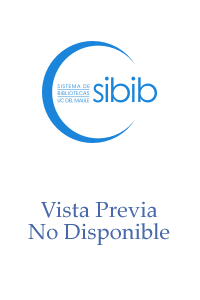Validation of fitbit charge 2 and fitbit alta HR against polysomnography for assessing sleep in adults with obstructive sleep apnea

Autor
Moreno-Pino, Fernando
Porras-Segovia, Alejandro
López-Esteban, Pilar
Artés-Rodríguez, Antonio
Baca-Garcia, Enrique
Fecha
2019Resumen
STUDY OBJECTIVES: Consumer wearable devices may be a helpful method of assessing sleep, but validation is required for their use in clinical practice. Our aim was to validate two models of Fitbit sleep trackers that rely on both accelerometer and heart rate sensors against polysomnography in participants with obstructive sleep apnea (OSA).
METHODS: Participants were adults presenting with symptoms of OSA and attending our outpatient sleep clinic. A polysomnography (PSG) was applied to all participants at the same time they were wearing a Fitbit sleep tracker. Using paired t tests and Bland-Altman plots, we compared the sleep measures provided by the wearable devices with those obtained by PSG. Since Fitbit devices’ automatic detection of sleep start time can cause bias, we performed a correction using Huber loss function-based linear regression and a leave-one-out strategy.
RESULTS: Our sample consisted of 65 patients. Diagnosis of OSA was confirmed on 55 (84.6%). There were statistically significant differences between PSG and Fitbit measures for all sleep outcomes but rapid eye movement sleep. Fitbit devices overestimated total sleep time, and underestimated wake after sleep onset and sleep onset latency. After correction of bias, Fitbit-delivered measures of sleep onset latency did not significantly differ of those provided by PSG.
CONCLUSIONS: Fitbit wearable devices showed an acceptable sensitivity but poor specificity. Consumer sleep trackers still have insufficient accuracy for clinical settings, especially in clinical populations. Solving technical issues and optimizing clinically-oriented features could make them apt for their use in clinical practice in a nondistant future.
Fuente
Journal of Clinical Sleep Medicine, 15(11), 1645-1653Link de Acceso
Click aquí para ver el documentoIdentificador DOI
doi.org/10.5664/jcsm.8032Colecciones
La publicación tiene asociados los siguientes ficheros de licencia:

